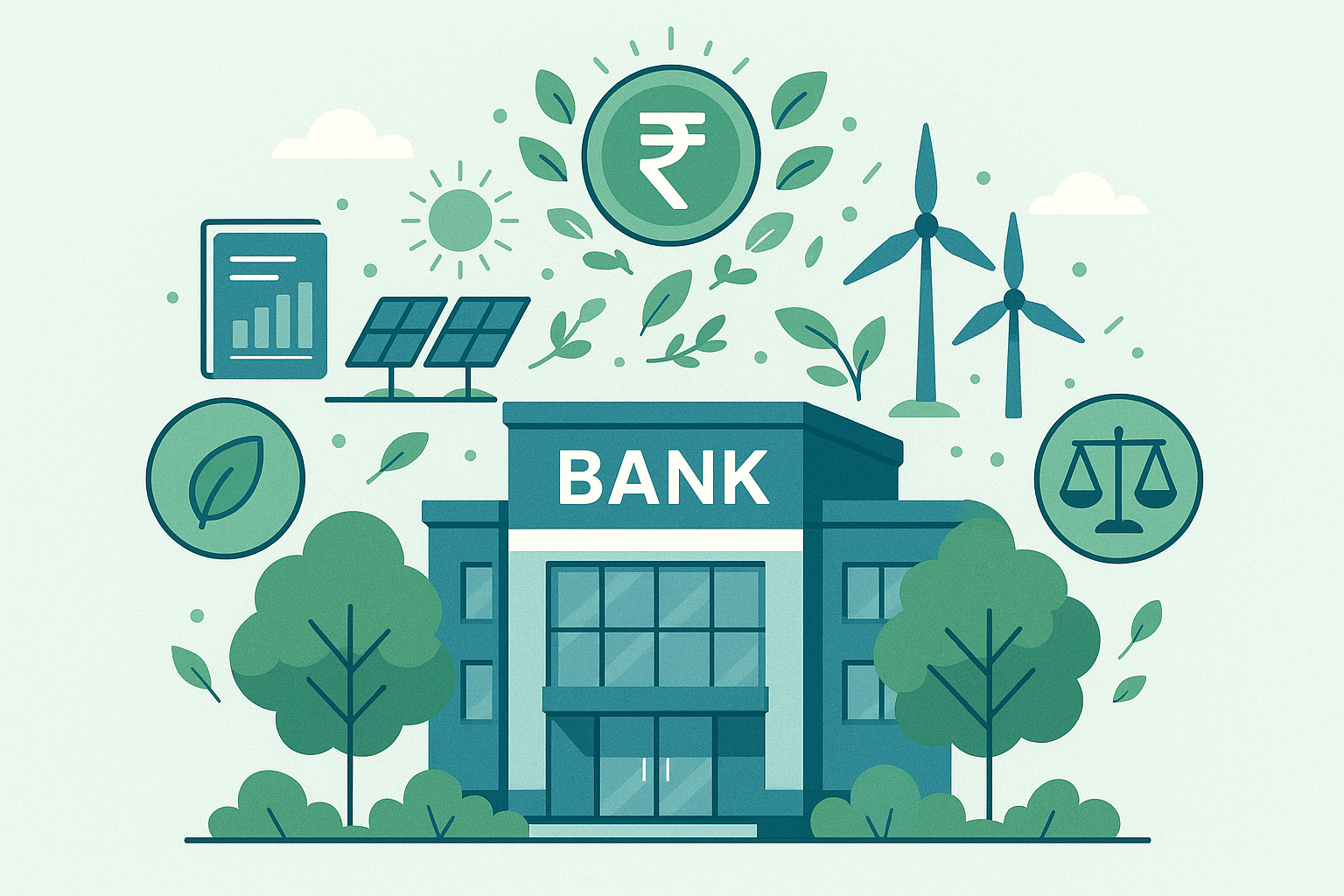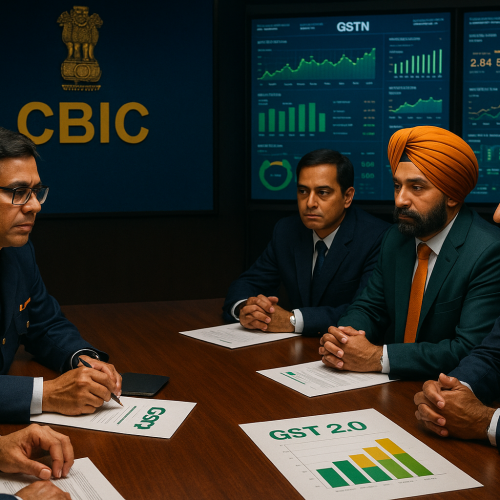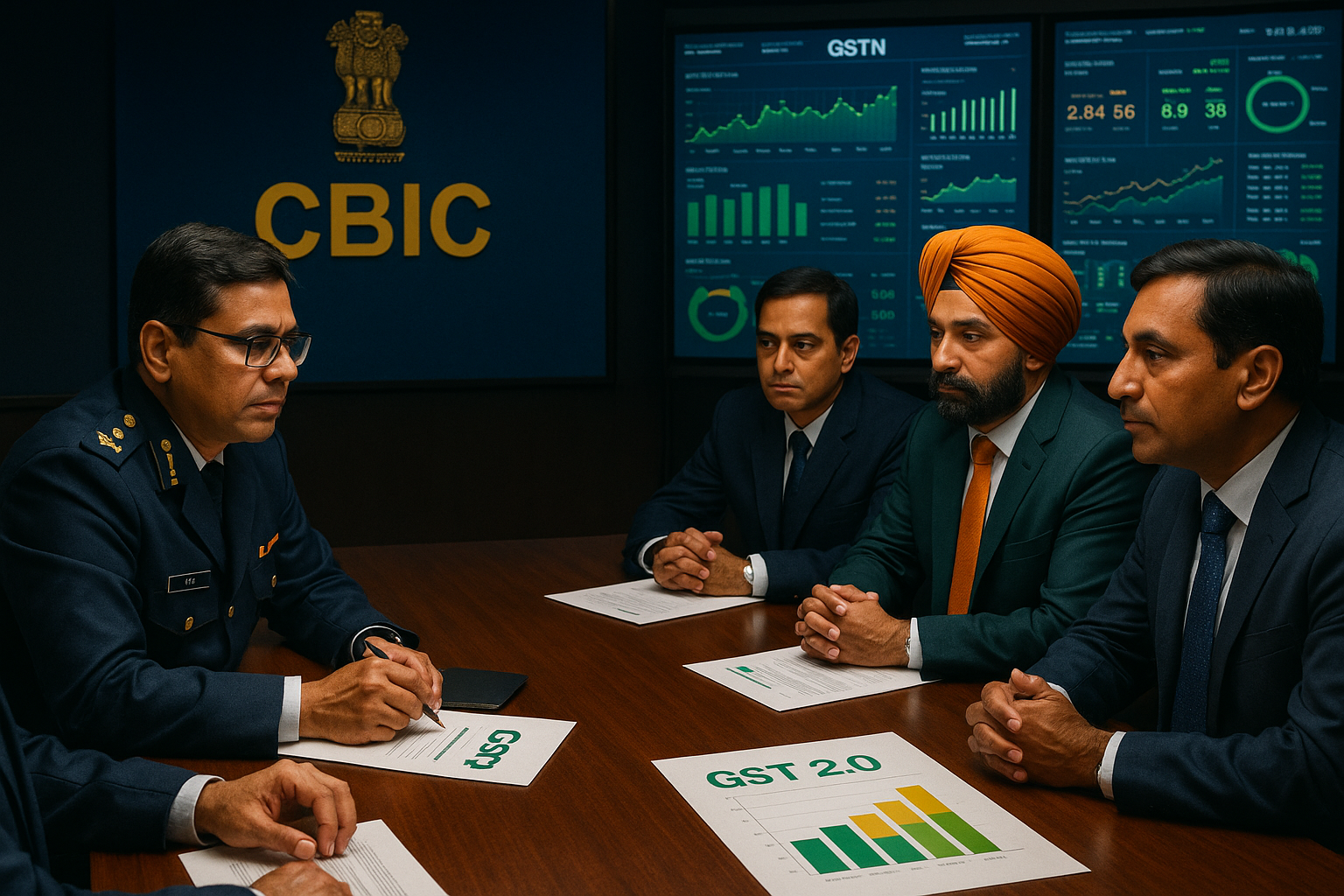As climate change, social equity, and corporate accountability take center stage, BFSI institutions in India are increasingly aligning with Environmental, Social, and Governance (ESG) frameworks. From issuing green bonds to integrating ESG metrics into lending and investment decisions, banks and NBFCs are evolving into key drivers of sustainable finance. This article explores the ESG transformation in India’s financial sector, regulatory pushes, market trends, and the challenges and opportunities in embedding ESG into core operations.
Background and Context
Globally, ESG assets are expected to surpass $40 trillion by 2030, and India is emerging as a serious player in this green capital shift. ESG has moved from being a “nice-to-have” to a regulatory and reputational imperative, especially for financial institutions managing large pools of capital and credit risk.
India’s Securities and Exchange Board of India (SEBI) has mandated Business Responsibility and Sustainability Reporting (BRSR) for the top 1,000 listed companies since FY23, prompting financial firms to improve their ESG disclosures. The Reserve Bank of India (RBI) also issued a discussion paper on Climate Risk and Sustainable Finance (July 2022), calling for ESG integration in risk management, stress testing, and credit evaluations.
What ESG Means for BFSI
Environmental (E)
Banks are re-evaluating exposure to carbon-intensive industries like thermal power, mining, and cement. New loan covenants increasingly favor borrowers with:
Low carbon footprints
Renewable energy goals
Compliance with pollution and waste norms
Green bonds and sustainable finance instruments are being used to fund solar parks, EV infrastructure, and water treatment projects.
Social (S)
Lenders are assessing:
Labor practices and inclusion in borrower companies
Access to credit for underserved groups (e.g., women, rural entrepreneurs)
Responsible recovery and fair lending practices
Financial inclusion KPIs are being tied to social impact metrics.
Governance (G)
ESG governance metrics now track:
Board diversity and independence
Ethical lending and anti-bribery compliance
Transparent reporting and grievance redressal systems
For banks, governance is also tied to regulatory compliance and climate risk disclosure.
Key ESG Milestones in Indian BFSI
Yes Bank issued India’s first Green Infrastructure Bond in 2015, raising ₹1,000 crore.
SBI, HDFC, and Axis Bank have issued multiple green and sustainability-linked bonds, totaling over $2 billion in the past 3 years.
LIC Housing Finance, IndusInd Bank, and ICICI Bank have integrated ESG ratings in credit appraisal and lending decisions.
SEBI’s ESG rating framework is being piloted with CRISIL and MSCI as key rating agencies.
“ESG is not just about disclosure, but about changing the capital allocation model,” said the Head of Sustainability at a top Indian bank.
Market Trends and Data Points
Green bond issuance from India hit a record $5.5 billion in 2024, up 78% YoY.
More than 100 Indian mutual funds and AIFs now offer ESG-focused products.
RBI has urged banks to identify climate-sensitive sectors in their loan books by FY26.
Industry Leader Perspectives
Rajeev Khanna, ESG Head at Axis Bank:
“We’ve embedded ESG scores into our corporate loan origination process. High-emission industries face stricter credit appraisal.”
Naina Arora, Senior ESG Analyst at SEBI:
“The BRSR mandate is a catalyst. It brings structure and comparability to ESG disclosures—critical for investor trust.”
Vikram Chopra, CEO of a green-focused NBFC:
“Investors are demanding green visibility. We’ve seen more favorable bond pricing tied to sustainability-linked KPIs.”
Social Media Reactions from Industry Experts
@ESGWatchIN:
“Green bonds, BRSR, and climate risk reporting—India’s BFSI sector is going green at speed. #ESGInvesting #GreenFinance”
@FinSustainIndia:
“Axis, SBI, and HDFC leading the ESG revolution. Next: private credit and MSME green loans. #SustainableFinance”
@RBIClimateRisk:
“Climate disclosures for banks will soon be mandatory. ESG isn’t optional—it’s the future of risk-adjusted lending. #RBI #ClimateFinance”
Challenges and Risks
ESG Data Gaps:
Most Indian firms, especially SMEs, lack credible and consistent ESG reporting, complicating banks’ risk assessments.Greenwashing Concerns:
Without standardized audits, firms may overstate sustainability credentials, misleading lenders and investors.Cost of Transition:
Upgrading systems, training staff, and incorporating ESG in underwriting can be expensive for smaller NBFCs and co-op banks.Lack of Domestic ESG Rating Consistency:
Rating scales vary widely across agencies, with no centralized framework for ESG scoring yet.
Future Outlook
The RBI is expected to:
Release a formal ESG disclosure and stress-testing framework by FY26
Integrate ESG into prudential norms and priority sector lending
Incentivize green capital via refinance windows and CRR benefits for green loans
Meanwhile, green fintechs, ESG-focused asset managers, and carbon credit exchanges are emerging as new financial players in India’s sustainable economy.
Conclusion
As ESG moves from the margins to the mainstream, BFSI firms in India are pivoting from reactive compliance to proactive sustainability leadership. With regulators tightening reporting mandates and investors demanding transparency, ESG integration is no longer optional—it is a competitive and regulatory necessity. The green transition will determine not just the future of finance, but the future financed by it.












